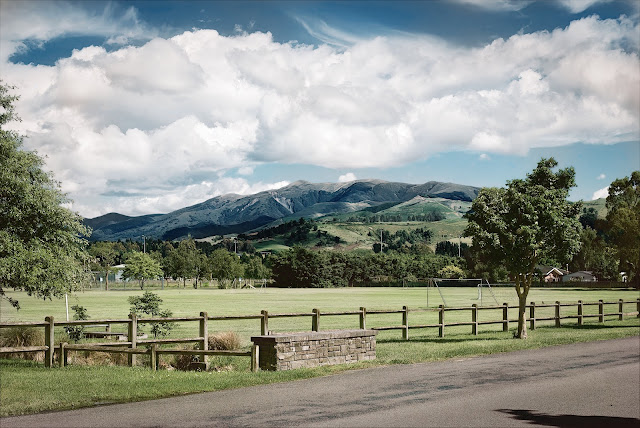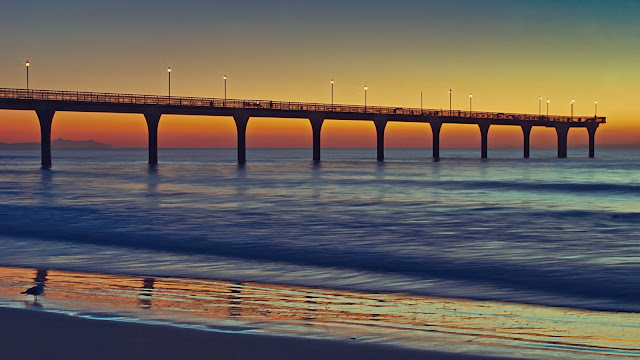A week ago, had someone asked me if I had ever visited the Isle of Skye, I would have probably said, "I don't think so". In a more adamant mood, I might simply have said "No". I would have been wrong.
Leaving aside the questionable use of photo editors and artificial intelligence, actual photographs don't lie. So, while revisiting some of my Kodak slides from the early 1970s, I came across some pictures that caused me to wonder, 'Where was that taken?'
 |
| Where was that taken? |
Fortunately, there is Google. A reverse image search told me that this was a view of Uig on the Isle of Sky. Really? Sure enough, a bit of playing around with Google Street View, allowed me to see Uig from close to the spot I must have stood to take the photo:
 |
| Google Street View looking over Uig |
There have been changes in the last 50 years: The wharf at Uig has been extended, grass no longer grows in the middle of the road, and barriers have been erected to protect the careless.
The revelation of a Skye visit also made sense of some other photos, like a picture of churning water, taken from a boat - the Skye ferry (before the current Skye bridge was built) and the view from Duntulm Castle (apparently now fenced off from the public).
 |
| View from Duntulm Castle |
Many photographers travel the globe looking for unusual places to photograph. Of course, that inevitably leads to others following in their footsteps and the uniqueness of those photographs soon fades.
I'm just back from a virtual visit to Skye in the 1970s. The 1970s was pre-internet, pre-Instagram, pre the explosion of digital photography. If you want a picture of Uig without Armco barriers or the view from a now-inaccessible castle, then I'm sorry; you're a bit late. Isn't time travel wonderful?
I like the 1970s, "Over the bridge to Skye" just doesn't have the same ring to it.
























